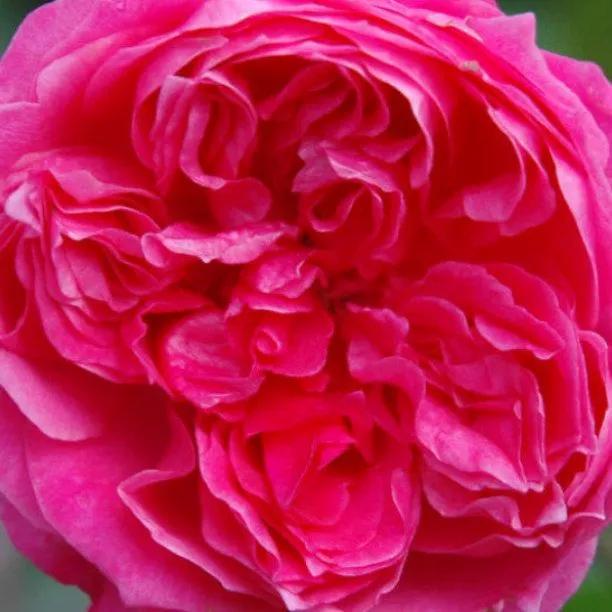Ivor's Rose Bushes
Honest Delivery Prices- Type: Shrub
- Colour: Red and deep pink
- Flower shape: Double, frilly
- Scent: Mild to Strong
- Upright Habit to 90cm x 80cm
- Arching Habit to 2m by 3.5m
- Repeats in flushes June-November
- Disease resistance: Good
Recommended extras
Description
Ivor's Rose Shrub Rose. 4 Litre Pots.
Large, red and pink, double, old-fashioned style flowers with variable scent. It tends to bloom hard at the start and end of the season, with some flowers opening continuously in between. Dark-green, glossy foliage. They are upright when kept at around 90cm x 80cm, but if you let them grow out they have an arching habit to about 2 metres by 3.5 metres.
Browse our other shrub roses, or all our rose varieties.
Features:
- Type: Shrub
- Colour: Red and deep pink
- Flower shape: Double, frilly
- Scent: Mild to Strong
- Upright Habit to 90cm x 80cm
- Arching Habit to 2m by 3.5m
- Repeats in flushes June-November
- Disease resistance: Good
Growing Ivor's Roses
Good soil in a sheltered, sunny spot is ideal for these large blooms, but like most Rosas, they are tough plants, and these tolerate a bit of shade well.
They bloom well on new wood, so you can prune them quite hard in early spring.
Planting Instructions
How to plant Modern Shrub Roses
You can order bareroot roses for delivery from November to March. Containerised plants are available year round.
Soak your roses' roots or pots for a little while before planting. This is an opportunity to prune the stems down to six to ten inches, and inspect the roots to trim off damaged ones.
Choose a spot with reasonable light: semi-shade will do, but full shade will not. Prepare the soil by breaking it up with a fork while removing roots, stones, etc.
- On dry, sandy and chalky soil, dig a big hole, then backfill it with a soil mix improved with three quarters organic material, including compost and manure for fertility, and leafmould for water retention.
- On good garden soil, adding some organic material is beneficial, especially manure. Dig a shallow hole, deep enough to allow the graft/union to settle right at soil level, and wider than the roots.
- On really heavy clay, which rose roots love, you do not need to improve the soil by digging stuff into it; use organic material as a mulch on top of the soil afterwards.
Spread some Rootgrow mycorrhizal fungi around the bottom of the hole, where it will make contact with the roots.
Arrange a mound on the floor of the hole to set your rose's roots on, so they spread out, and the graft-union is slightly above soil level. Backfill the hole with the planting mix, firming it down as you go, at first with your hand to fix the rose in place, and then with your heel to firm it. Dust some bonemeal on the surface and water in thoroughly. In the process, the soil will settle down so that the graft is clear of the soil.
How to prepare and plant a bareroot rose Video.
Mulch well in spring, and keep well watered during dry periods for the first year. Deadhead repeating roses to encourage continuous flowering.
Newly planted roses shouldn't need much rose food, maybe a dash on poor dry soils. When they are settled in the second year onwards, feed them during the growing season with homemade compost teas and foraged sea weed, or some of our Biofertiliser rose food.
Mature shrub roses need gentle pruning compared to floribundas and hybrid teas. Prune to tidy the shape in winter. First remove the usual dead, diseased and badly positioned wood, ideally cutting out whole shoots back to a main stem, or outward facing bud. Then remove the wispiest stems, and some of the oldest wood from the centre.
Did You Know?
Parents are Bonica and Roundelay
Bred in 2004 by Amanda Beales (1967-2013), registration code Beadonald, it was named for the occasion of Ivor Moores' retirement, a weather forecaster for BBC East. Also sold as Flamenco.


